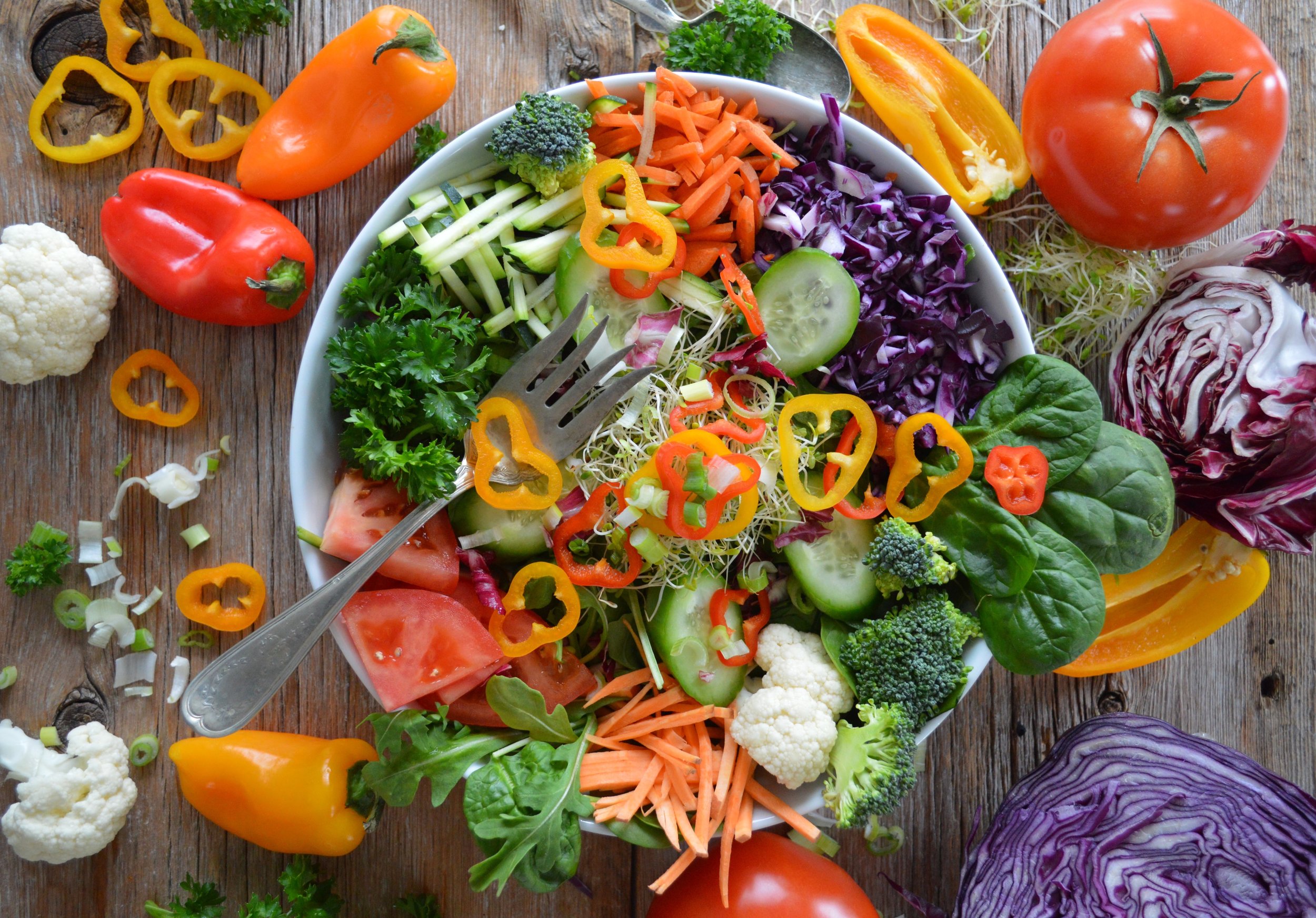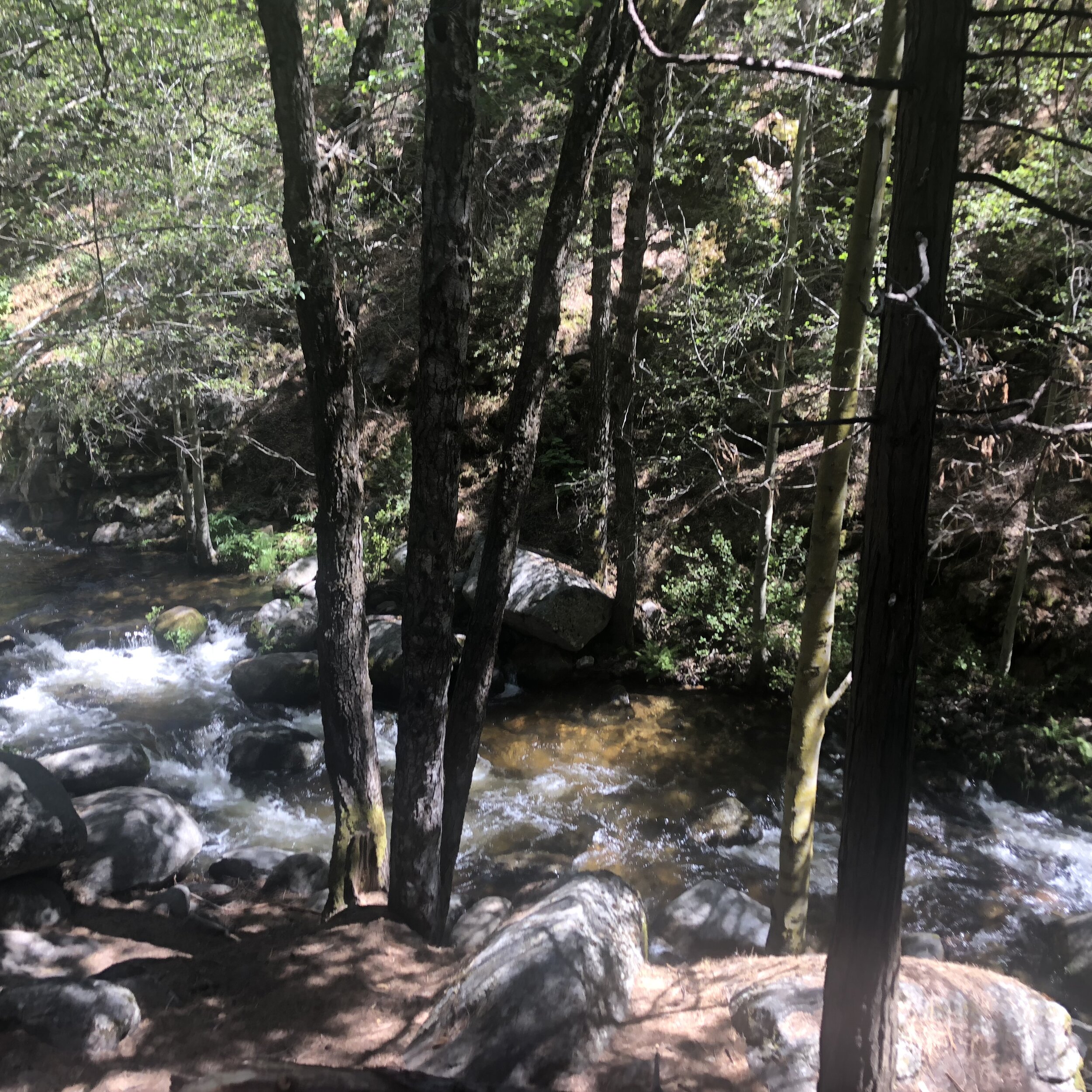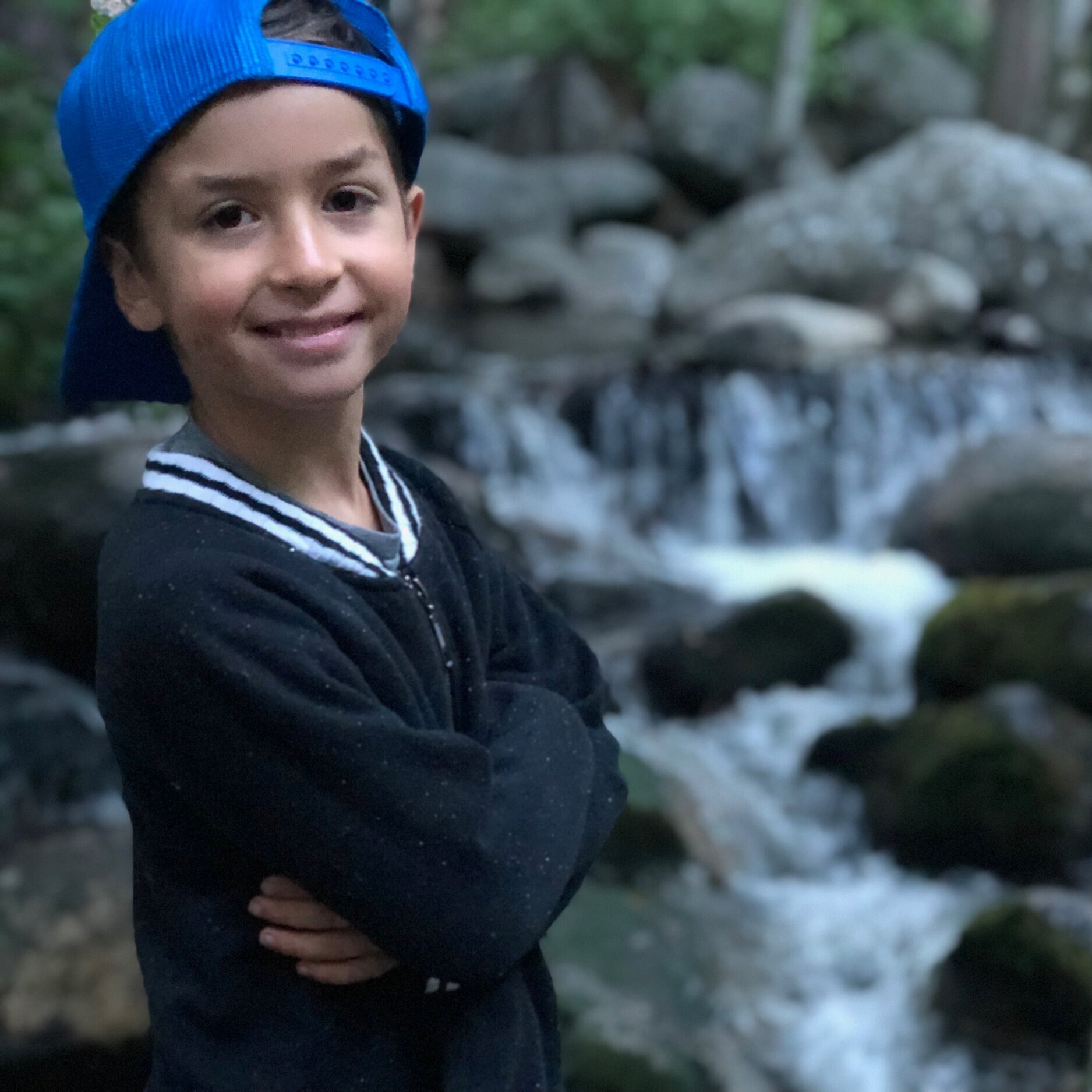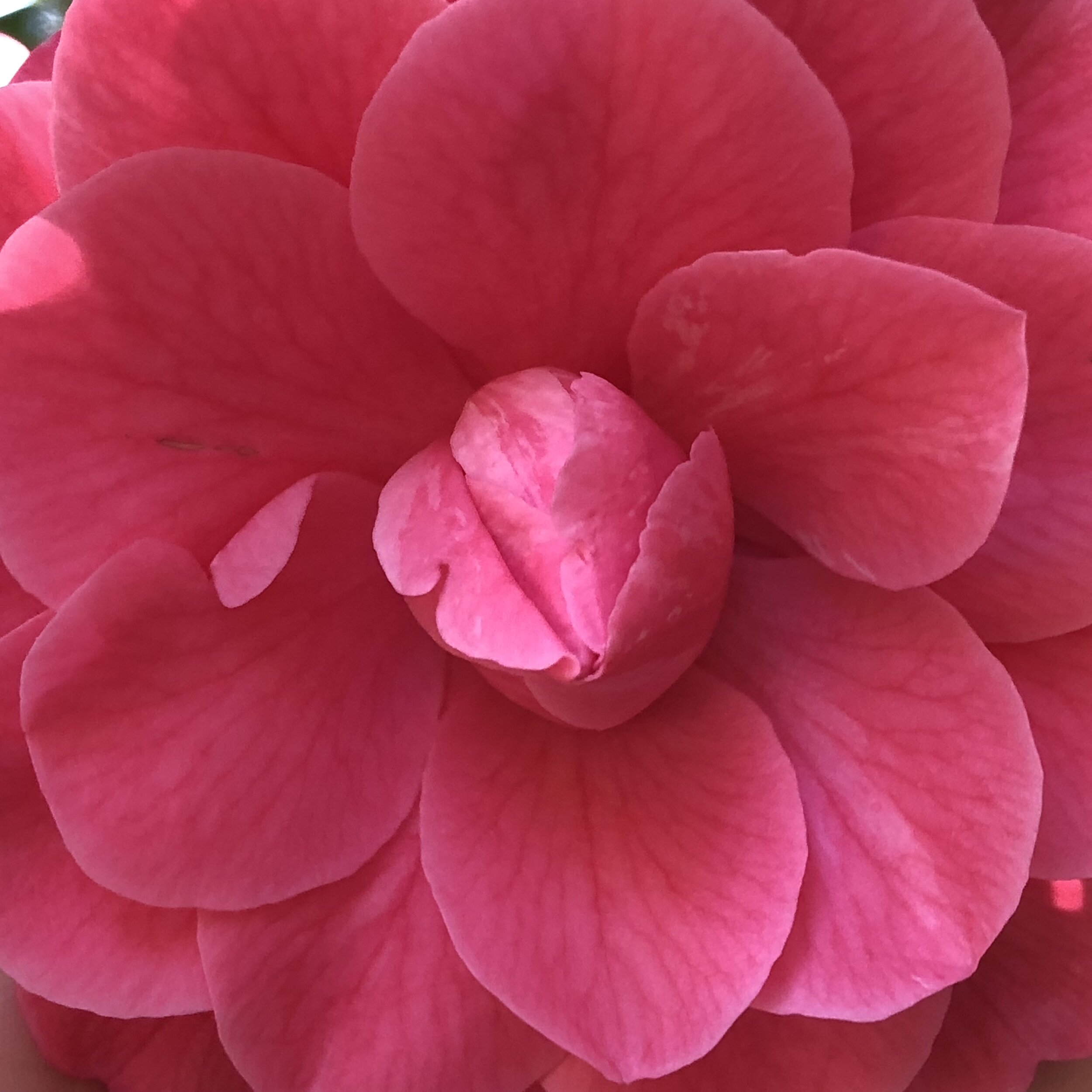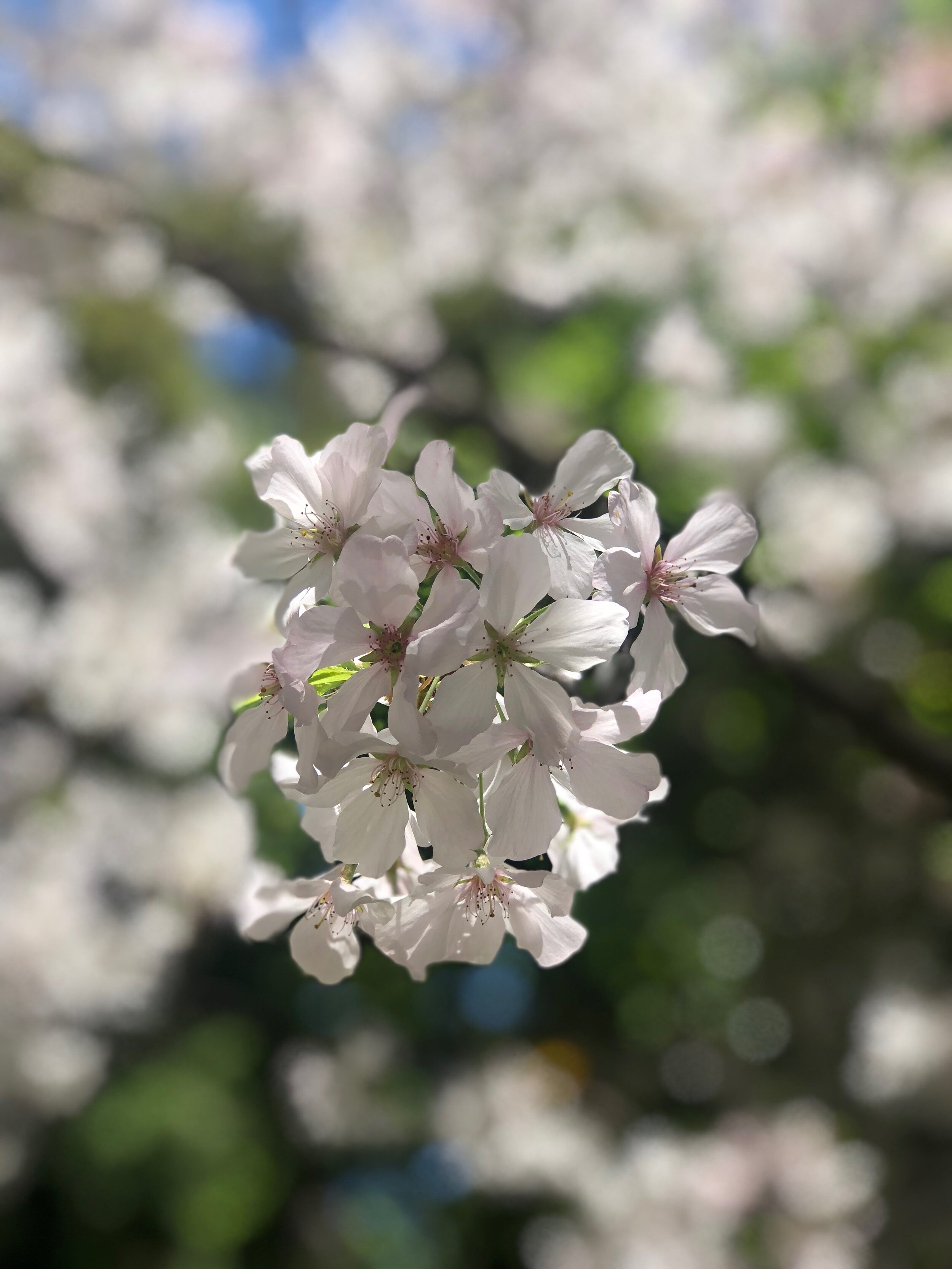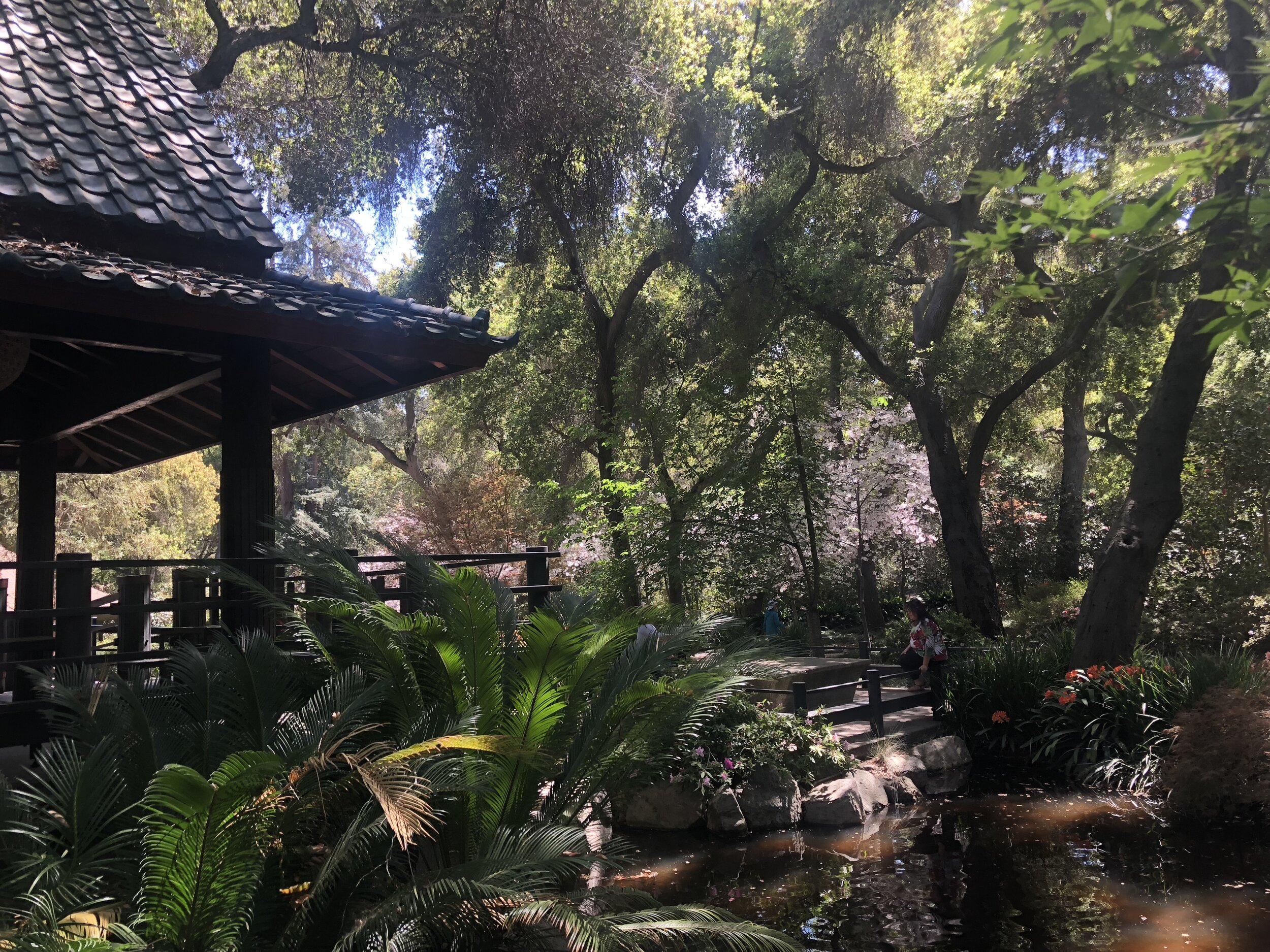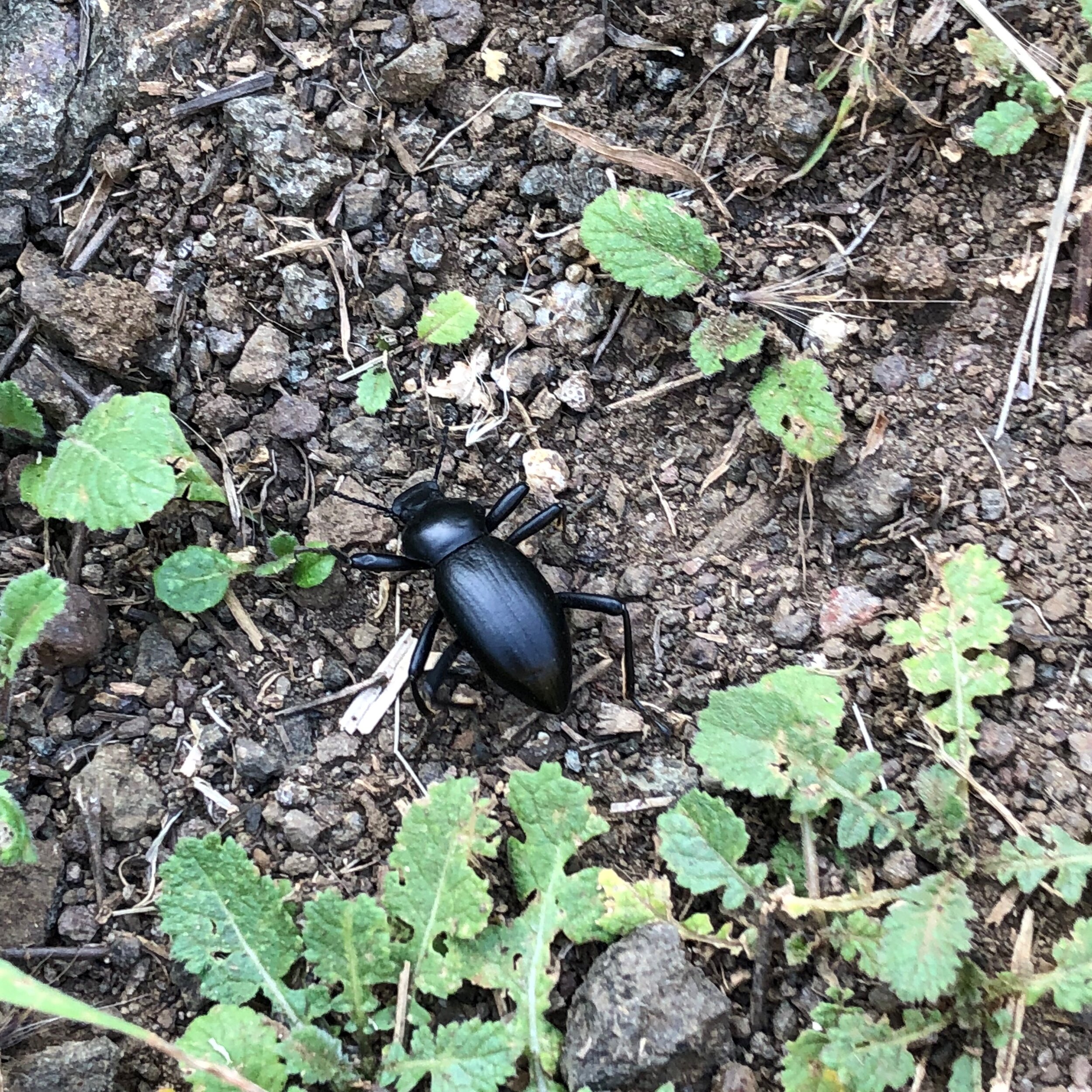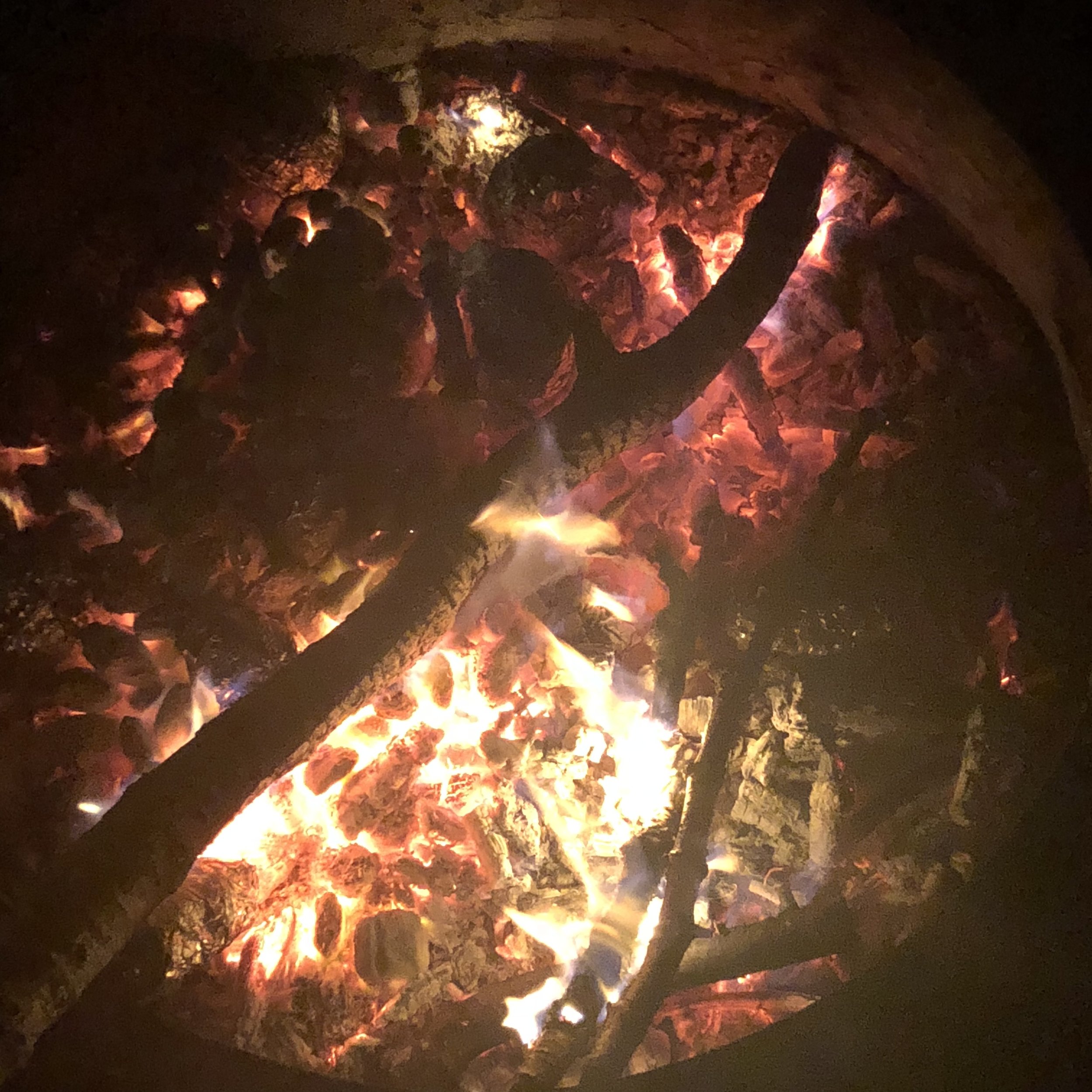Editor’s Note: My 7-year-old son wrote this piece with me about why natural resources are important. ThIs is a topic about which he is very passionate. The piece has been lightly edited for syntax and grammar.
I use natural resources when I drink water. I use them for building toy robots out of cardboard, which is made out of wood. I wear clothes and shoes made out of leather. And I eat fruits and vegetables that are grown in soil.
I wrote this article because I was curious about why natural resources were incredibly important and how I could learn about them. Without these things, we would have a hard time living on this planet.
I wanted to write this on my dad’s blog, Consciously Kosher, because it is all about showing respect for the resources we use and how we use them.
What’s A Natural Resource?
Natural resources are resources on our planet that were not made by humans. Natural resources include: clean air, fresh water, wind, trees and forests, animals, plants, coal, oil, soil, natural gas, phosphorus, minerals like bauxite and metals like iron, copper and gold
Renewable resources are natural resources that get replaced in nature over time. Some are remade all the time, like fresh water, or grow, like trees.
But some take a very long time to make again. We need to be extra careful with them. For example, coal and oil come from animals that died millions of years ago. These are not renewable. We will eventually run out of them.
Why Are Natural Resources Important?
They enable us to breathe, feed ourselves, keep warm and get from one place to the other.
They provide us with soil to grow plants, grass to feed animals and sunlight to make solar energy.
What Do We Do With Natural Resources?
We use natural resources:
To build houses
To create paper
For food to feed ourselves with fruits and vegetables
As energy that comes from fossil fuels, wind and solar power to move cars and elevators and to power our devices and to cook
For keeping warm with firewood
For dressing ourselves with plant fabrics and animal skins
How Does Something Become A Natural Resource?
Some resources like coal and oil, come from plants and animals that lived many years ago. So these take millions of years to form. Other resources like sunlight and water are always available.
Why Is It Bad To Not Take Care Of These Natural Resources?
Some of them, like sunlight, air and water, are renewable. This means that they are created by nature and we can use them over and over again. But others, like coal and natural gas, are not renewable, which means that they will run out if we keep using them.
What Happens When We Use Them Up?
Once we use up the resources that are not renewable, they are gone. So we need to be conscious of how we use them.
My dad says that we should always be mindful of what we use and give back something when we can. That means planting new trees, like they do in Israel all the time. It means not wasting food. And it means finding new ways to build machines and devices so we don’t use up all the resources on our planet.

